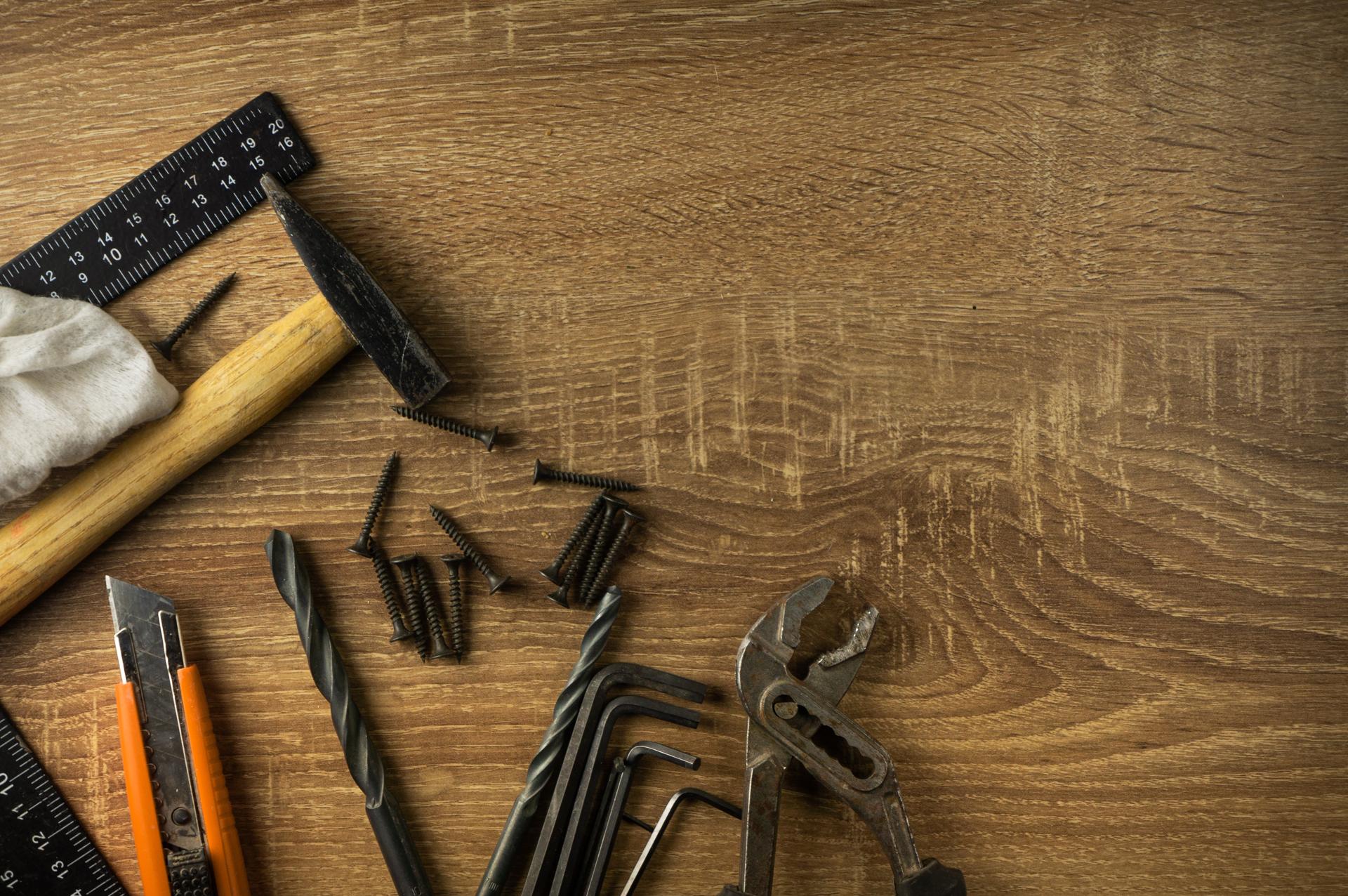DIY Plumbing: Advice and Hacks to Fix Frequent Problems at Home

They are an integral component of every home. If they’re not properly maintained they could become a source of many problems which can cause inconvenience and costly repairs.
But, there are many advantages of learning to fix small plumbing problems yourself, such as saving money and gaining valuable knowledge. This article we’ll examine common plumbing issues and DIY techniques to fix them.
Common Plumbing Problems
Dripping Faucets
Dripping faucets aren’t just annoying, but they also consume a substantial amount of water over time. The most frequent cause for a dripping faucet is a damaged washer or O-ring. To resolve this issue, turn off the supply of water for the faucet. disassemble the handle, and replace the worn-out washer or O-ring.
Running Toilets
A running toilet is a common plumbing issue that could result in a significant loss of water. The most typical reason is a malfunctioning flapper valve that doesn’t seal properly, allowing water to flow from the tank into the bowl. To correct this problem, turn off water to your toilet. Then, remove the lid of the tank, then alter or replace the flapper valve.
Clogged Drains
Drains that are clogged can be caused by a variety of factors, including hair, soap, and food particles. To resolve this issue it is possible to use the plunger or drain snake to clear the clog. Alternately, you could make a mix of baking soda and vinegar to dissolve the clog.
Low Water Pressure
Low pressure water in the pipes could be due to a variety of factors such as mineral buildup in pipes or a malfunctioning pressure regulator. To fix this issue it is possible to clean the aerator or replacing the pressure regulator.
Tools Required for DIY Plumbing
For DIY plumbing, you’ll require a few tools, such as the plunger, an adjustable wrench pipe wrench Teflon tape and the screwdriver. With these tools in your arsenal, it will help you repair minor plumbing problems.
Safety Tips for DIY Plumbing
Safety must always be top of mind when making any DIY plumbing repairs. A few safety tips to remember include shutting off the water source prior to starting any repairs, wearing safety glasses and gloves, and keeping a first-aid kit on hand in the event in the event of an emergency.
DIY Plumbing Techniques
For fixing common plumbing problems for common plumbing issues, you’ll need to master some DIY plumbing tips, like how to turn off the water supply and how to fix a leaky faucet or an unresponsive toilet, how to unclog a drain, and how to boost the pressure of water. These tips can help you save time and money on small plumbing repairs.
Conclusion
Learning how to fix small plumbing problems yourself can be beneficial in various ways. Not only can it save you costs, but you could provide you with a sense of accomplishment and valuable abilities. For more serious plumbing issues, it’s always best to call a professional plumber.
FAQ
Can I fix a plumbing problem myself?
Yes, you are able to fix minor plumbing issues yourself, by learning some basic plumbing skills.
Are there any frequent plumbing issues?
The most frequently encountered plumbing problems include dripping water from faucets blockages in drains, as well as low pressure water.
What tools do I require to do my own plumbing?
There are a few essential tools such as a plunger, adjustable wrench pipe wrench, Teflon tape and a screwdriver.
Is DIY plumbing safe?
DIY plumbing is safe if you follow safety guidelines and take appropriate precautions.
When should I call a professional plumber?
You should call a professional plumber to address plumbing issues that require special equipment and knowledge.
